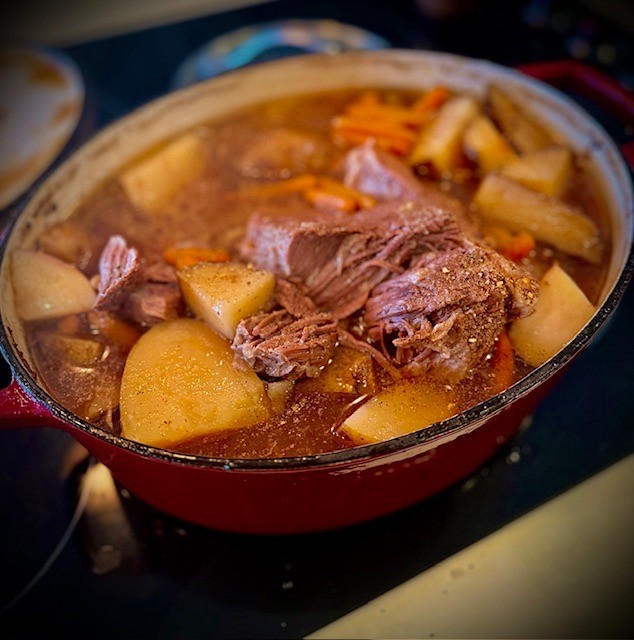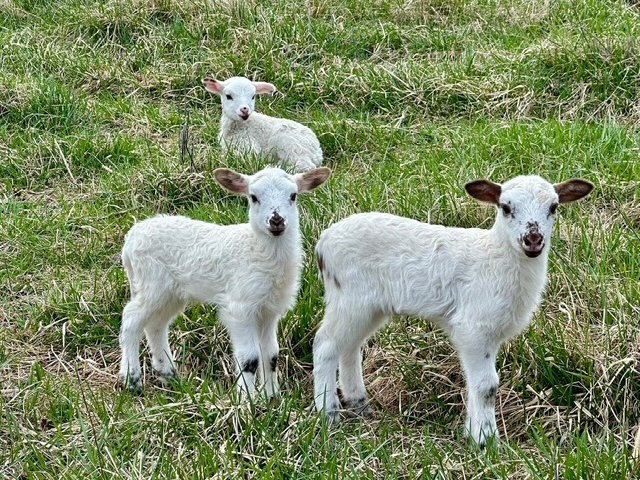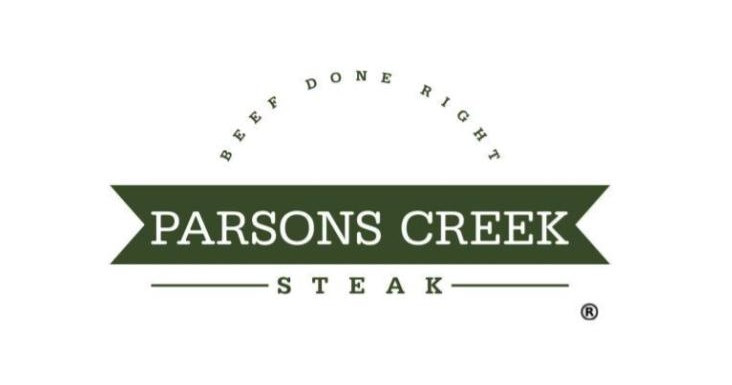Come Calving with Us at Parsons Creek
posted on
April 1, 2024
It's dark, I turn on no lights, slow motions prevail. I walk the worn creaky steps to the old kitchen door, dawn my coveralls like generations before me and make my way to the truck; time for 0300 am calf checks. Nature is incredible and often calves are birthed without our assistance. However, we do have to intervene sometimes - if it's rainy, windy, or cold, if it's twins, if it's a first time mama who's not quite sure what to do with her calf yet. We bring them inside and care for them: towel them off, put them in a warming hut and give them a bottle. Very much an interpersonal experience. Our cow calf operation allows us to be with the animal from the day of its birth.

If you like gator rides at 0300 am, you might be a cattle farmer. Admittedly not all parts of the job are glamorous, but if the reward is seeing a new baby calf nurse its Mama for the first time, I'm in. We're in. Here at Parsons Creek our family has been sharing calf-checking duties for five generations!

My daughter Austin just turned one, and she loves her "boo-cows" (we are working on M's). Driving her around on cow checks pointing out all the signs of a laboring mama; circling, looking for a protected area, bedding down in tree patches or heavy brush, the look of a lady who is o-v-e-r-it! We'll be back to check on her. Captains log, 0700 hours, we have a bouncing baby. This one will be hers to name; all of the grandkids get to name their own calf.

Two of this, and twelve of that, six twins on Parsons Creek map! We saw six sets of twins in 2024— compared to the two sets in 2023, this was a big year for babies! According to my interweb research, anywhere from 1-2% of the herd in beef cattle births are twins. So it's not as crazy as you might think to have 6 look-alike babies.

Approximately 100 calves are expected to join us on the farm this year. Like humans, cows have a nine month gestation period. Unlike humans, calves come out and immediately try to stand and run— could you imagine? Here at Parsons Creek we calf twice a year, once in the late winter and again in the fall. Mamas and babies stay together allowing the babies to nurse for up to 8 months. After 8 months calves are sorted and given a pasture of their own to graze freely.
Thus begins their life as a cow, one of the herd.




